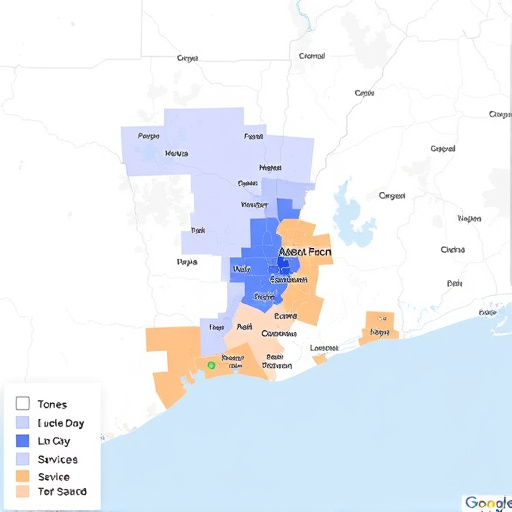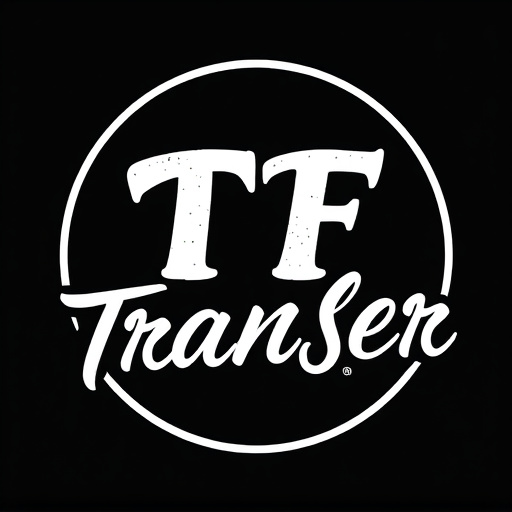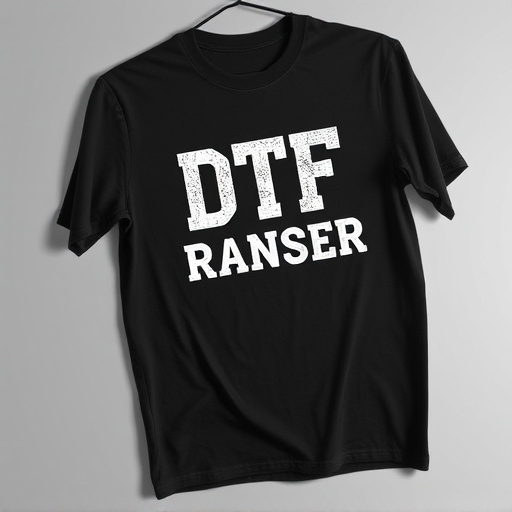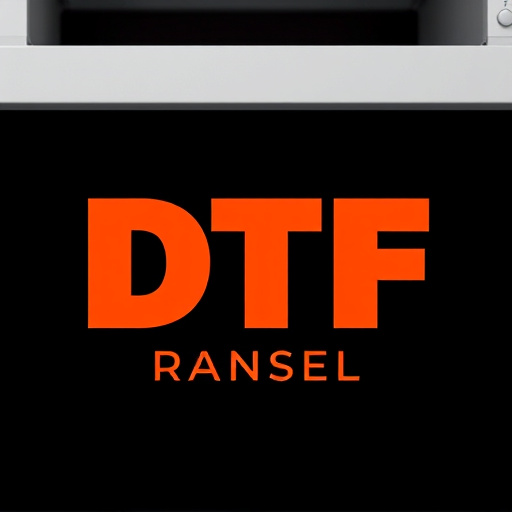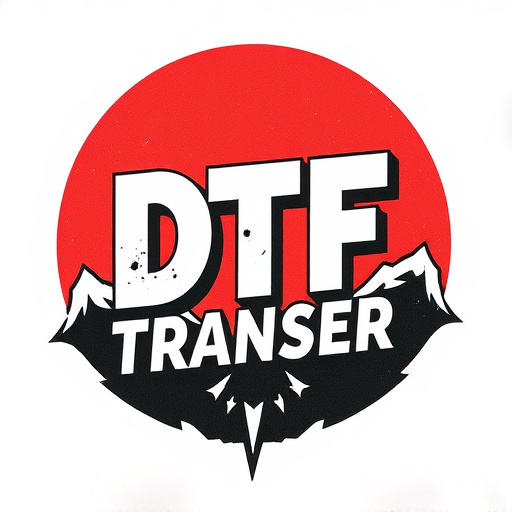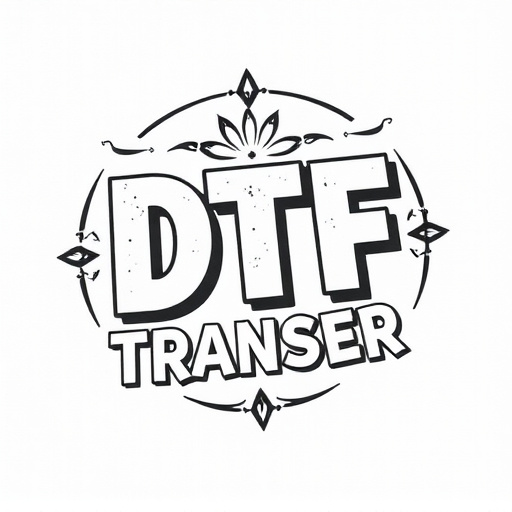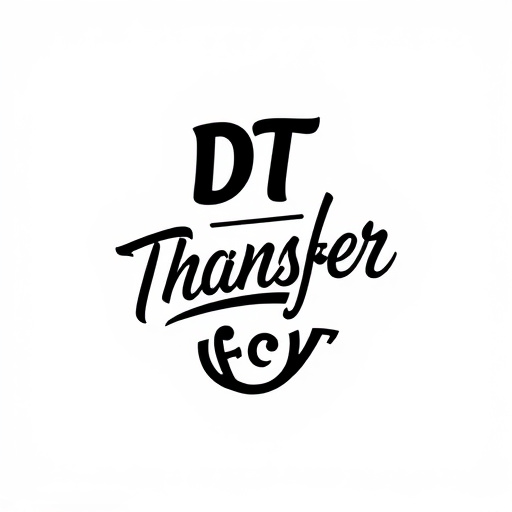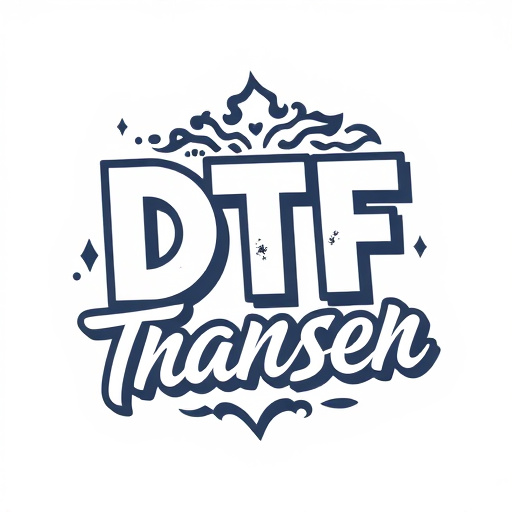Direct to Fabric (DTF) transfer technology offers a revolutionary approach to printing on stretch fabrics, ensuring vibrant, durable designs for athletic wear and dance costumes. This method directly applies ink to fabric, preventing cracking or peeling during physical activities. DTF's versatility is evident in fashion, enabling dynamic garments with intricate prints, and industrially, facilitating rapid prototyping of custom components. With advancements in print quality, color palettes, and processing times, DTF is poised for growth. Following best practices like file preparation, material selection, equipment calibration ensures consistent, high-quality DTF prints.
“Discover the groundbreaking world of DTF Transfer (Direct-to-Film) technology, revolutionizing print flexibility. This innovative process enables DTF Printing to seamlessly integrate with stretchy fabrics, unlocking a new realm of design possibilities. From fashion to industrial applications, DTF prints offer enhanced durability and vibrant, stretchable designs. Explore the mechanics behind this technology, its growing advantages, and future trends. Learn best practices for DTF Printing to ensure consistent, high-quality results, as we delve into this exciting development.”
- Understanding DTF Transfer Technology: A Revolution in Print Flexibility
- How DTF Works: Unlocking the Potential of Stretchy Fabrics
- Applications of DTF Printing: From Fashion to Industrial Uses
- Advantages of DTF Transfers: Enhanced Durability and Design Possibilities
- The Future of DTF: Innovations and Emerging Trends
- Best Practices for DTF Printing: Ensuring Quality and Consistency
Understanding DTF Transfer Technology: A Revolution in Print Flexibility
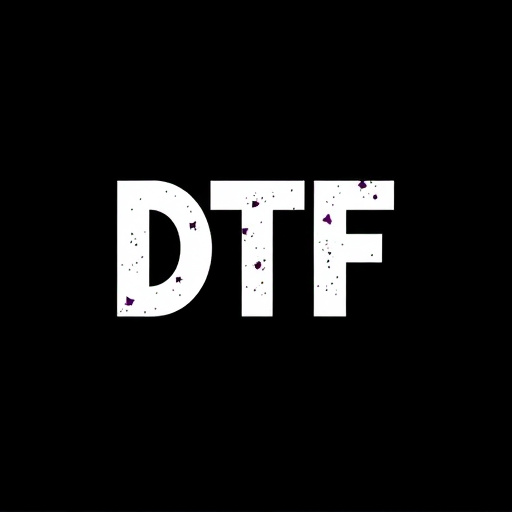
The world of printing has seen a significant evolution with the introduction of DTF (Direct to Fabric) Transfer Technology. This innovative process has revolutionized DTF printing, making it possible to produce high-quality prints on stretchy fabrics that move and stretch. Unlike traditional printing methods that can be rigid and limited in their application, DTF offers unparalleled flexibility.
DTF transfer technology enables printers to create durable and vibrant prints on a range of fabric types, from athletic wear to dance costumes. The process involves precisely applying ink directly onto the fabric’s surface, allowing for intricate designs and vivid colors. This method ensures that the print moves with the fabric, remaining crisp and intact even during intense physical activities or complex movements.
How DTF Works: Unlocking the Potential of Stretchy Fabrics

The Dynamic of DTF (Direct to Fabric) Transfers
DTF transfers have emerged as a game-changer in the textile industry, unlocking the potential of stretchy fabrics like never before. Unlike traditional printing methods that can struggle with flexibility, DTF offers a revolutionary approach where prints directly adhere to the fabric’s surface, allowing it to stretch and move freely without cracking or peeling. This is achieved through specialized ink and a unique application process tailored for elastic materials.
When a design is chosen for a DTF print, high-quality inks are precisely applied using a precision machine. This ensures that each detail of the artwork translates perfectly onto the fabric. The stretched fabric is then carefully positioned and heat-pressed against a release paper, creating a temporary bond. After cooling, the ink transfers from the paper to the fabric, forming a durable and flexible print. This method is particularly advantageous for creating vibrant DTF prints on items like activewear, allowing the design to move seamlessly with the wearer’s body, showcasing intricate patterns and vivid colors in their full glory.
Applications of DTF Printing: From Fashion to Industrial Uses
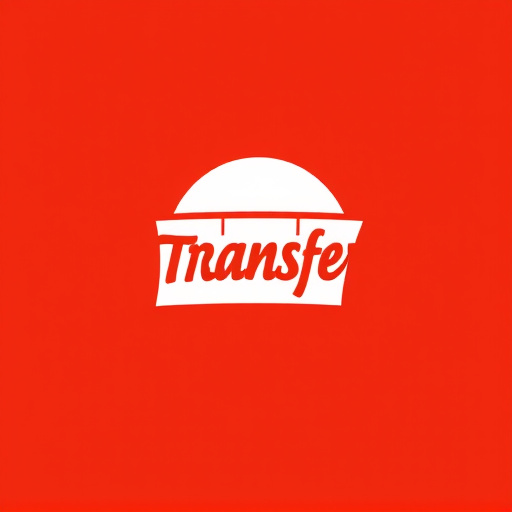
Flexible film transfers, like DTF (Direct to Film) Printing, have found a wide range of applications, revolutionizing both fashion and industrial sectors. In the realm of fashion, DTF technology enables the creation of dynamic garments with intricate designs that seamlessly move with stretchy fabrics. This is particularly beneficial for activewear, athletic apparel, and performance clothing, where comfort and flexibility are paramount. Designers can produce stunning, personalized prints without compromising on material stretch or durability.
Beyond fashion, DTF Printing has industrial uses, offering precise and fast production of custom components for various fields. From medical devices to automotive parts, DTF allows for the rapid prototyping and manufacturing of complex shapes and patterns directly onto flexible materials. This efficiency and versatility make DTF Printing a game-changer in industries demanding lightweight, stretchable, and tailored solutions.
Advantages of DTF Transfers: Enhanced Durability and Design Possibilities

Flexible film transfers, like Direct to Fabric (DTF) Printing, offer a revolutionary approach to fabric design with several key advantages. One of the standout benefits is enhanced durability; DTF Transfers are designed to withstand the stretch and wear of stretchy fabrics, ensuring that designs maintain their vibrancy and integrity even after repeated use or washing. This makes them ideal for activewear, sports gear, and other dynamic textiles where traditional printing methods might falter.
Additionally, DTF Printing opens up a world of creative design possibilities. The technology allows for high-quality prints on a variety of fabric types and shapes, enabling designers to create intricate patterns, vivid colors, and even photographic images directly onto flexible materials. This versatility makes DTF Transfers perfect for everything from custom fashion pieces to promotional merchandise, where unique and eye-catching designs are in high demand.
The Future of DTF: Innovations and Emerging Trends
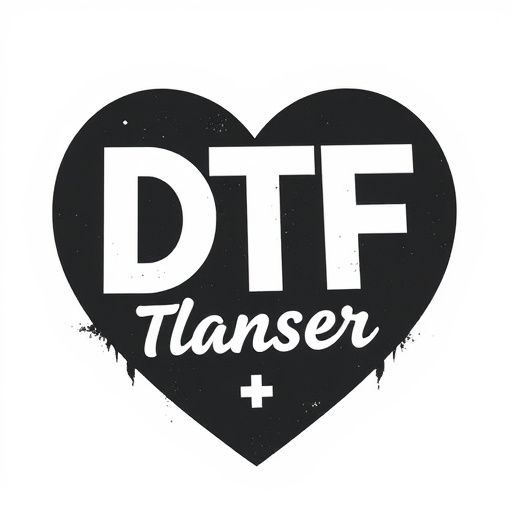
The future of Direct to Fabric (DTF) printing is looking increasingly promising, with continuous innovations pushing the boundaries of what’s possible. One of the most exciting trends is the development of flexible film transfers designed to move seamlessly with stretchy fabrics. This breakthrough allows for the creation of dynamic and durable prints on materials like activewear, sports equipment, and even medical garments. By embracing stretchability, DTF printing can deliver high-quality, long-lasting designs that maintain their vibrancy during intense physical activities.
Additionally, emerging trends in DTF technology focus on enhancing print quality, expanding color palettes, and improving the overall speed and efficiency of the printing process. The integration of advanced imaging techniques and specialized inks promises to create more intricate and detailed DTF prints, catering to a wide range of applications from fashion and sports to promotional products and custom apparel. As DTF continues to evolve, it’s poised to disrupt traditional printing methods, offering unique opportunities for businesses and designers to express their creativity on fabric in unprecedented ways.
Best Practices for DTF Printing: Ensuring Quality and Consistency
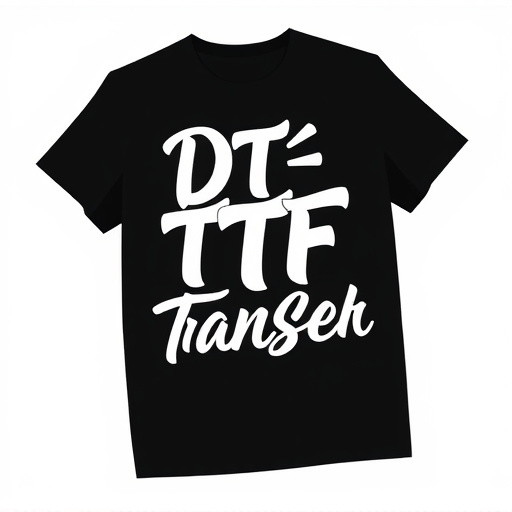
When it comes to achieving high-quality and consistent results with Direct to Fabric (DTF) transfers, several best practices should be followed. Firstly, prepare your design files accurately, ensuring they meet the specific requirements of your DTF printing software. This includes using the correct resolution, color mode, and file format to prevent any potential issues during the transfer process.
Secondly, select appropriate materials for both the fabric and the inks used in DTF Printing. Different fabrics have varying stretch properties, so choosing a suitable DTF transfer film that complements your fabric choice is crucial. Additionally, using high-quality inks ensures vibrant and durable DTF prints, enhancing the overall aesthetic appeal of your final product. Regularly calibrate your printing equipment to maintain accuracy and consistency in color reproduction.
